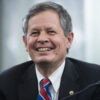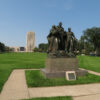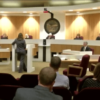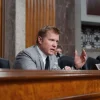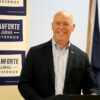Primaries in Montana’s New Legislative Districts Stir Competition
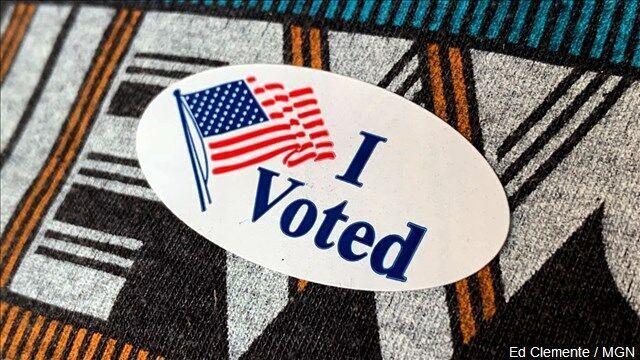
In addition to the array of statewide elections on the ballot, Montanans will cast their votes for 125 state lawmakers this year, comprising half of the Montana Senate and the entire Montana House of Representatives. The upcoming 2025 legislative session is already set to see significant changes, partly due to the new legislative district lines established by the Montana Districting and Apportionment Commission last year. This election cycle is the first to implement these new district boundaries, which were redrawn as part of the regular ten-year adjustment following the release of federal census data to reflect shifting populations.
One of the most notable impacts of the redistricting process is the increase in contested legislative primaries. Compared to 2022, this year sees a substantial rise in competition, with 44 of the 125 races featuring multiple Republican candidates and 15 having multiple Democrats. This is a marked increase from the previous election cycle, which saw 31 contested GOP races and 13 Democratic primaries. Cascade County stands out with seven contested Republican primaries, followed by Flathead County with six. Gallatin, Missoula, and Lewis and Clark Counties each feature three contested Democratic primaries.
The redrawing of district lines has prompted numerous incumbent lawmakers to run in new or partially new districts, adding another layer of complexity to the elections. In 23 races, incumbents face at least one challenger, highlighting the competitive nature of this election cycle. Four districts, in particular, have become battlegrounds where two current lawmakers are squaring off in their respective primaries, all of whom are Republicans.
For instance, in House District 68, located in northwest Gallatin County, Reps. Caleb Hinkle (R-Belgrade) and Jennifer Carlson (R-Manhattan) are competing against each other, with former House Speaker and Senate President Scott Sales also entering the GOP primary. Senate District 13 sees a clash between Reps. Lola Sheldon-Galloway (R-Great Falls) and Josh Kassmier (R-Fort Benton) as they vie for an open Senate seat that covers Chouteau County and much of rural Cascade County.
In Ravalli County, Sen. Theresa Manzella (R-Hamilton) is seeking re-election in Senate District 44. She faces challenges from Rep. Wayne Rusk (R-Corvallis) and Brad Davis of Victor. Meanwhile, in Senate District 38, which spans Powell, Granite, and Jefferson Counties, Sen. Becky Beard (R-Elliston) is running for a full term after her appointment to the Senate. Her primary opponents include Rep. Greg Frazer (R-Deer Lodge) and Jeremy Mygland of East Helena.
Another significant aspect of this year’s elections is the involvement of Governor Greg Gianforte, who is actively endorsing candidates in GOP legislative primaries. Gianforte has thrown his support behind 58 candidates across the state, including 24 in contested races and three challengers to incumbents. His endorsements include backing Scott Sales over Caleb Hinkle and Jennifer Carlson in House District 68, Kyle McMurray over Rep. Jane Gillette, and Randyn Gregg over Rep. James Bergstrom.
These endorsements and the new district lines are contributing to a dynamic and highly competitive election season in Montana. The changes are likely to bring a fresh mix of perspectives and policies to the Montana Legislature when it reconvenes in 2025. As voters navigate the new districts and a crowded field of candidates, the outcome of these elections will shape the legislative landscape of Montana for years to come.



